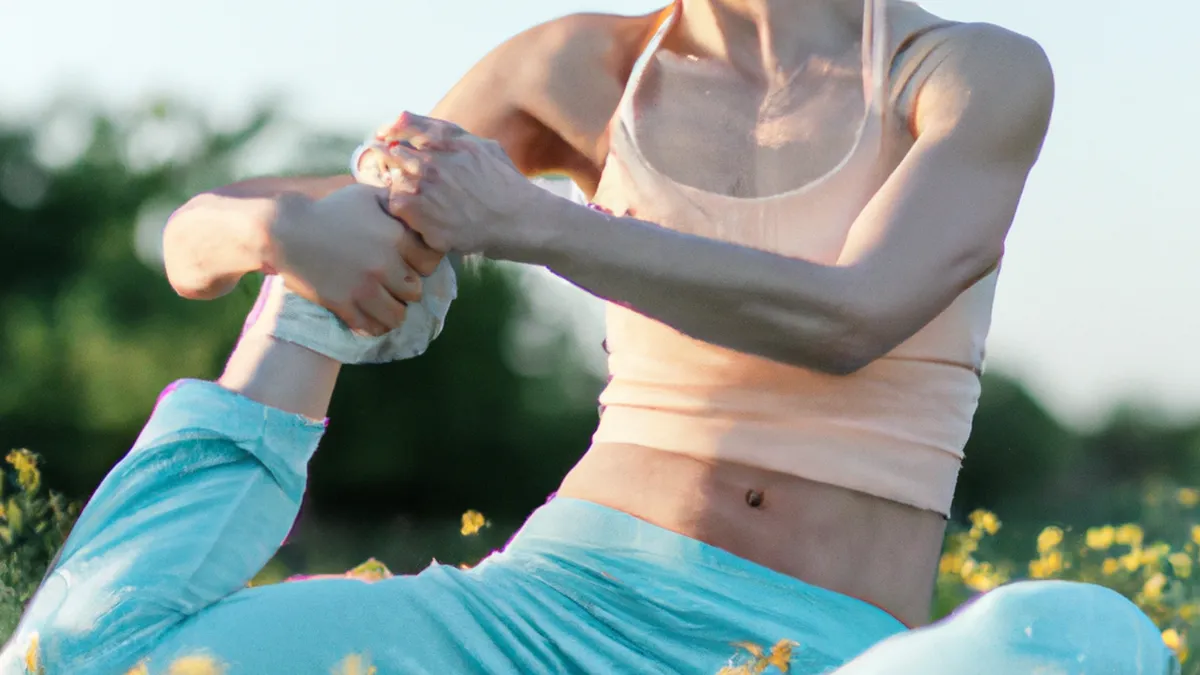Relieve Muscle Tension Through Foam Rolling
Alleviate Muscle Tightness with Foam Rolling Techniques
As an Amazon Associate I earn from qualifying purchases.
Gear tip: consider standing desk balance board, desk cycle and insulated water bottle to support this workout.
Muscle tightness affects athletes and casual gym-goers alike. It can hinder performance, restrict movement, and cause discomfort. Foam rolling effectively relieves this discomfort. Incorporating foam rolling into your routine enhances recovery, improves flexibility, and promotes muscle health. This simple tool significantly impacts how your body feels and functions. Let’s explore foam rolling’s benefits, techniques, and tips for effective use.
Understanding Foam Rolling
Foam rolling applies pressure to specific body areas using a cylindrical foam roller. This technique breaks up muscle knots, known as trigger points, and promotes blood circulation. Perform foam rolling before and after workouts for versatility and convenience.
The Science Behind Foam Rolling
Foam rolling relies on self-myofascial release (SMR). This technique targets fascia, the connective tissue surrounding muscles. Rolling over tight spots applies pressure, releasing muscle tension and improving elasticity. The pressure stimulates blood flow and enhances nutrient delivery, aiding recovery and reducing soreness.
Choosing the Right Foam Roller
Selecting the right foam roller ensures effective muscle relief. Foam rollers vary in density, texture, and size, serving different needs.
– **Density**: Beginners should start with a softer roller. Transition to a firmer roller for deeper pressure as you adapt. Firmer rollers target chronic tightness effectively.
– **Texture**: Some foam rollers have ridges or bumps that target trigger points precisely. These textured rollers provide deeper massages but may feel intense for beginners.
– **Size**: Standard foam rollers measure 36 inches long. Shorter versions are available for travel or specific muscle targeting. Choose a size that fits your needs and allows comfortable maneuvering.
Foam Rolling Techniques
Here are effective foam rolling techniques to alleviate muscle tightness, organized by body area.
1. Target Major Muscle Groups
**Quadriceps**: Lie face down with the foam roller under your thighs. Roll slowly from your hip to your knee. If you find a tender spot, pause and apply pressure for 20-30 seconds. This technique releases quadriceps tension and promotes mobility.
**Hamstrings**: Sit on the floor and place the roller under your legs. Lean back slightly and roll from your knees to your glutes. Focus on tight areas and breathe deeply as you roll. This promotes relaxation and effective muscle release.
Conclusion
Foam rolling effectively alleviates muscle tightness and enhances performance. Incorporate these techniques into your routine for better mobility and recovery.
Below are related products based on this post:
FAQ
What is foam rolling and how does it work?
Foam rolling is a self-myofascial release technique that uses a cylindrical foam roller to apply pressure to specific body areas. This process helps break up muscle knots, known as trigger points, and promotes blood circulation, ultimately relieving muscle tension and improving elasticity.
How do I choose the right foam roller for my needs?
Selecting the right foam roller involves considering density, texture, and size. Beginners should start with a softer roller and transition to a firmer one for deeper pressure. Textured rollers can target trigger points more effectively, while size depends on personal preference and specific muscle targeting.
When should I use foam rolling in my routine?
Foam rolling can be performed both before and after workouts. Using it before exercises helps warm up the muscles and enhance flexibility, while post-workout rolling aids in recovery and reduces soreness by promoting blood flow and nutrient delivery.















Post Comment